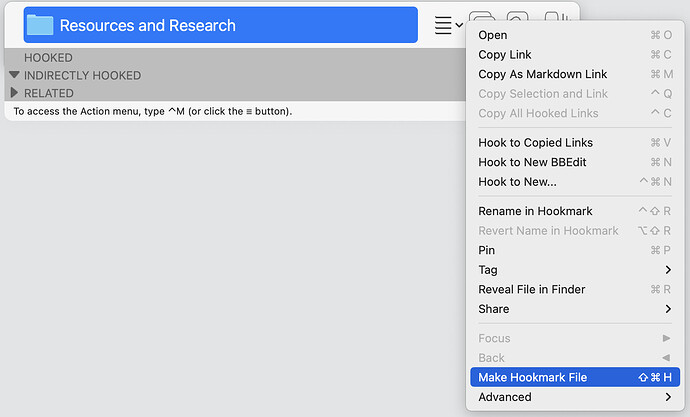According to Harvard educational psychologist, David Perkins, reflective intelligence is knowing your way around the various realms of thinking. For knowledge workers, this includes knowing your way around the information on your Mac.
In my Cognitive Productivity books, I gave several tips for “knowing your way around” knowledge resources. One is the 2s rule: 80% of the information you retrieve on any given day needs to take at most 2 seconds to retrieve.
Apple provides 4 ways to navigate information on Finder:
- navigating Finder folders;
- using Finder tags;
- using Finder aliases; and
- searching with spotlight.
Finder aliases are essentially links to other files and folders. (If you come from the Windows world, Microsoft has “shortcuts”. UNIX has symbolic links.) A Finder alias can point to files and folders in different parts of the Finder folder hierarchy. Finder aliases help you meet the requirements of the 2s rule. So can .hookmark files. And .hookmark files have several advantages over Finder aliases.
Finder aliases vs. Hookmark files.
Hookmark files are one of the most popular features of Hookmark. The following table shows the advantages of .hookmark files over aliases.
| Finder aliases | .hookmark files |
|---|---|
| Opaque | √ Editable in plain text editors |
| Only can link to files and folders | √ Links to anything (web pages, tasks, emails, etc.) |
| Not shareable | √ Shareable and work well across Macs. |
| Can only be created while in Finder | √ Can be created in the context of any linkable app |
| Breaks when files are moved on other computers in shares or repositories | √ Can adapt even if files are moved on other computers in shares or repositories |
| Made in USA by big corp (Apple) | √ Made in Canada by CogSci Apps |
How to create .hookmark files
The command to make a Hookmark file is in the Action ☰ button’s menu:
When you create a Finder alias, the file is stored in the same folder as the item for which you are making an alias. In contrast, Hookmark stores its new .hookmark files in the Hookmark folder’s “Hookmark files” subfolder. Hookmark does this because the .hookmark file can point not merely to files and folders, but web resources too.
For more information, see Make Hookmark File.

